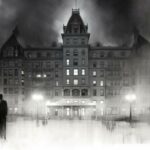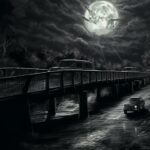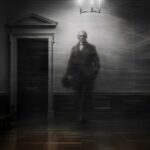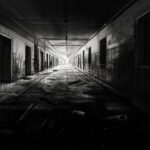Table of Contents
Denver, Colorado, beckons thrill-seekers and paranormal enthusiasts to explore its eerie past through the city’s most haunted places. Each site whispers tales of the unexplained and the restless spirits that linger, promising an unforgettable journey into the supernatural. Dare to discover the spectral secrets of the Mile High City with our Denver Ghost Tours.
If you are doing any kind of paranormal investigation here, you might want to take a look at our ghost hunting equipment list. Locations like this get a reputation because they are high activity and you don’t need much to see for yourself.
Denver International Airport
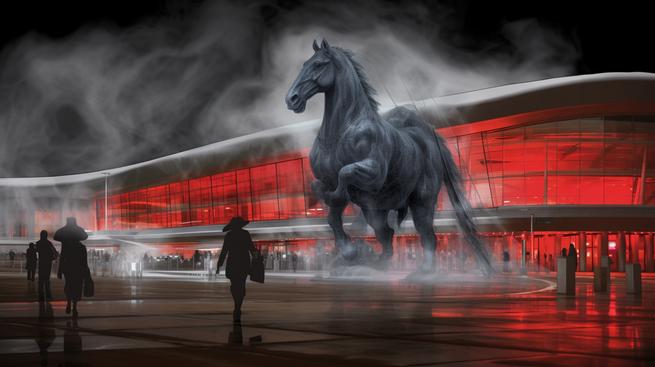
Denver International Airport (DIA), standing tall as the gateway to the Rocky Mountains, harbors a wealth of tales that send chills down the spine of travelers and locals alike. Since its opening in 1995, the airport has been the epicenter of numerous legends and eerie stories that have contributed to its haunted reputation.
One of the most spine-tingling tales involves the Blue Mustang, a massive, fiery-eyed horse sculpture that stands at the airport’s entrance. This cobalt colossus, also known as Blucifer, is said to be cursed. The artist who created the sculpture, Luis Jiménez, met his untimely demise when a piece of the statue fell on him, severing an artery. Since then, some believe that the Blue Mustang’s glowing red eyes serve as a harbinger of doom to those who catch its gaze.
Inside the vast corridors of DIA, whispers of ghostly apparitions surface frequently. Travelers have reported seeing phantoms in period clothing, with some speculating that these spirits are remnants of the land’s past, which was once home to Native American tribes. The specters are said to wander as if searching for peace, their presence an eerie reminder of history’s echo.
Moreover, the airport’s intricate network of underground tunnels feeds into its haunted lore. These subterranean passages, originally designed for a sophisticated baggage system, have become the subject of dark rumors. Employees tell tales of unexplained noises and sudden chills when navigating this labyrinth, with some claiming to have encountered a shadowy figure that vanishes when approached.
Adding to the mystique, murals and artwork throughout DIA have sparked theories of hidden messages and apocalyptic prophecies. Among them, Mural of Peace and Harmony with Nature is often cited, depicting unsettling images that some interpret as signaling the end of times. These artistic enigmas turn the airport into a gallery of the macabre, where every painting tells a story shrouded in mystery.
DIA’s haunted history is a tapestry woven with threads of fact and fiction, a symphony of the supernatural that captivates the curious. While skeptics may brush off these stories as mere flights of fancy, the tales continue to thrive, casting a shadow over the airport that serves as Denver’s front porch to the world. Whether these stories are mere urban legends or have a ghost of a chance of being true, they remain an indelible part of the airport’s allure and an irresistible call to those who delight in the spine-tingling side of travel.
I heard folks say that if you wander the halls of DIA late at night, you might spot ghosts in old-timey clothes, just floating around like they missed their flight back in the 1800s or something. Gives me the creeps just thinking about it!
Molly Brown House Museum
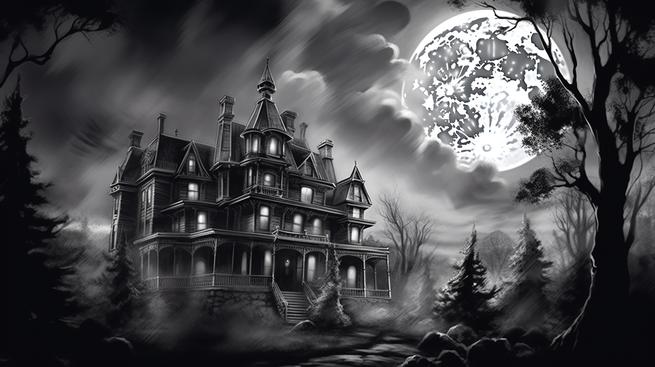
The Molly Brown House Museum in Denver, Colorado, stands as a testament to the city’s opulent silver boom era of the 1880s. This grand residence, once at the brink of demolition in 1970, now captures the imagination of visitors with its tales of the supernatural. The house’s notoriety for hauntings is linked to its former resident, Margaret “Molly” Brown, a socialite and philanthropist best known for surviving the Titanic disaster.
Set at 1340 Pennsylvania Street, the museum was not just any home; it was the abode of a woman whose life story could fill novels. Molly Brown’s voyages across the globe never dimmed the home’s vibrancy; it echoes with the spirits of the past. Visitors report that the essence of the Brown family lingers, as tangible as the artifacts that adorn the parlors and halls.
The museum, once the Governor’s manor, boasted the height of modernity in its time, featuring indoor plumbing, central heat, electricity, and even a telephone. Today, those historic walls seem to whisper secrets from a bygone era, and some say the echoes of the past manifest in more than just stories. The unmistakable scent of tobacco pipe smoke wafts through the rooms, leading many to believe that J. J. Brown, Molly’s husband, still enjoys his favorite pastime in the afterlife.
The haunted reputation of the Molly Brown House Museum draws the curious and the brave. The sensation of being watched by unseen eyes, the sudden chill in an otherwise warm room, and the faint sounds of a bygone era contribute to the spine-chilling atmosphere.
In the world of Denver’s ghost tours, the Molly Brown House Museum stands out as a must-see. Its walls not only tell the tales of Colorado’s history but also of a woman who, in death as in life, refuses to be sunk. The “unsinkable” Molly Brown remains afloat, and her spirit, along with those of her family, ensures that the mansion remains one of Denver’s most intriguing and spirited landmarks.
I visited the Molly Brown House Museum and totally got the chills when I felt a sudden, cold draft in Molly’s bedroom, even though the windows were shut tight. Some say it’s her spirit still hanging around, making sure her old home is taken care of.
Brown Palace Hotel
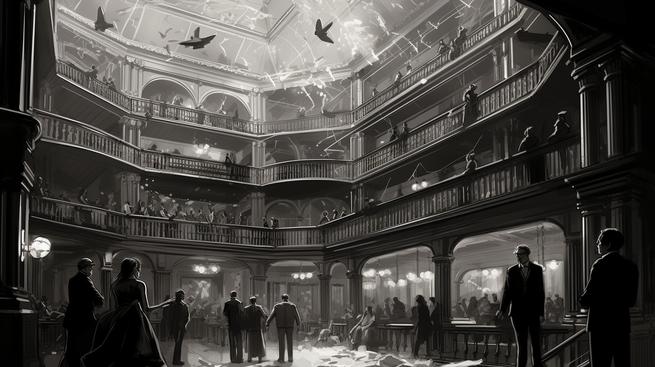
Nestled in the heart of Denver, the Brown Palace Hotel stands as a grand testament to the city’s Silver Boom legacy, attracting guests as numerous as the stars in the Colorado sky. Since its doors swung open in 1892, the hotel has offered more than just a night’s stay—it has become a storied sanctuary where some guests seemingly linger long after they’ve settled their bills.
The hotel, a pioneer of the atrium-style design, originally wooed weary travelers with rooms priced between $3 to $5 a night, a sum that would make modern guests green with envy. Today, the Brown Palace Hotel is not only known for its opulent charm but also for its rooftop residents—five distinctive bee colonies busy buzzing about, pollinating the city and providing honey for the hotel’s own indulgent creations.
Whispers of the hotel’s haunted history echo through its grand hallways, as tales of ghostly guests who’ve overstayed their welcome are a dime a dozen. Staff and visitors alike report spectral sightings and strange phenomena, from lights flickering on and off without earthly explanation to the eerie sensation of unseen presences crawling beneath the carpets.
One can’t help but wonder if these phantasmal occurrences are the antics of past patrons unable to part with the luxury of the Brown Palace or perhaps something more sinister, lurking in the shadows of this historic haven. Yet, despite its ghostly reputation, the hotel remains a crown jewel in Denver, a city once a humble stop on the way to the Rockies, now a bustling metropolis with the Brown Palace at its heart—a place where history is alive, and some say, so are its ghosts.
The Brown Palace Hotel, a beacon of high society and hospitality, continues to welcome guests with open arms, even if some arrive with otherworldly baggage. Whether seeking a luxurious escape or hoping to catch a glimpse of the hotel’s spectral residents, one thing is for certain—this Rocky Mountain paradise holds as many stories as it does spirits.
I was wandering the halls on the second floor when I felt a sudden chill and saw a shadowy figure glide past me, but when I turned around, there was no one there—spooky, right?
Denver Children’s Home
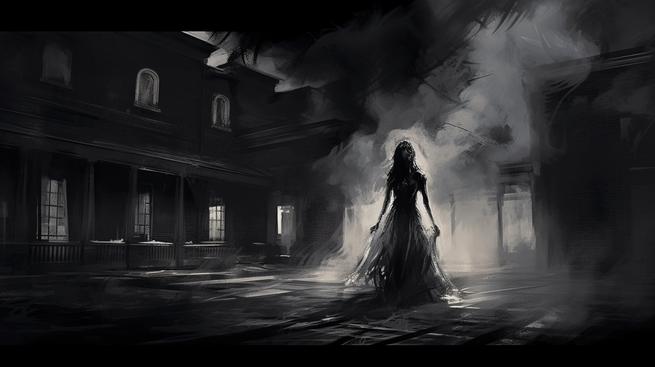
The Denver Children’s Home, once known as the Denver Orphans’ Home, stands as a testament to the city’s history, a beacon of hope for the living, yet it whispers tales of its chilling past. Opening its doors in 1883, the home became a sanctuary for the city’s abandoned and forgotten children. However, not all was well within its walls.
Tragedy struck in 1888, when a devastating blaze tore through the third floor, claiming the lives of several children. This tragic incident seared itself into the very fabric of the building, leaving behind more than just memories. The Denver Orphans’ Home would eventually relocate to its present location in 1902, carrying its history along.
As the years rolled by, the echoes of the past refused to fade, and whispers of the supernatural began to surface. The specter of the so-called “Phantom Bride” is said to roam the halls, a lingering remnant of the home’s darker days. Staff and visitors have reported eerie encounters and unexplained phenomena, suggesting that some residents never truly left.
Despite its ghostly reputation, the Denver Children’s Home achieved a milestone when it was listed on the National Register of Historic Places in 1999. This recognition anchored it not only in the realm of the supernatural but also in the annals of historical significance.
Today, while the home focuses on mending the present and fostering a brighter future for those in its care, the stories of its haunted history continue to captivate the curious. The Denver Children’s Home remains a place where the past and present collide, a house of hope shrouded in mystery, where the walls might very well talk—if one only dares to listen.
I was walking down the hallway when I felt a sudden chill, and out of the corner of my eye, I swear I saw the ghostly figure of the Phantom Bride, her white dress just vanishing around the corner. It totally freaked me out, and now I can’t shake the feeling that she’s always just a few steps behind me.
Patterson Inn
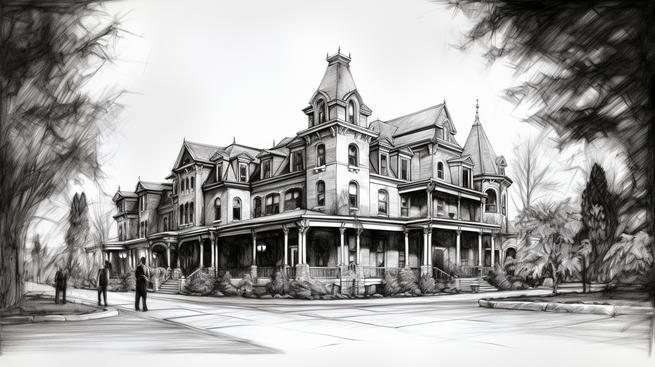
The Patterson Inn, a stately mansion on Denver’s once prestigious Millionaire’s Row, harbors a spine-chilling past that continues to haunt the present. Constructed in 1891 by Thomas Croke, the grandiose estate quickly became more of a nightmare than a dream home. Croke parted ways with the property after a mere six months, fueling rumors of a curse that clung to the walls like cobwebs in a forgotten attic. While some speculate his hasty exit followed the tragic death of his wife or the subsequent passing of his mother, whispers of unease and supernatural occurrences suggest that Croke never truly felt at ease within its confines.
Today, the Patterson Inn stands as a monument to the paranormal, its reputation for ghostly happenings as solid as the bricks it’s built from. Guests and staff alike report inexplicable encounters, with the specters of two ghostly canines padding through the halls, their phantom paws silent witnesses to the building’s eerie ambiance. The Inn’s history took a turn when it transformed into a radio station, broadcasting more than just the hits of the day—allegedly, it also aired the whispers of the otherworldly.
The Patterson Inn’s haunted legacy makes it a magnet for those who chase the thrill of the supernatural. It’s a cornerstone of Denver’s ghost tour circuit, where the bravest souls tread in search of the shivers that only a brush with the beyond can provide. As the sun dips below the Rocky Mountains, casting long shadows over Capitol Hill, the Patterson Inn waits, its stories of hauntings ready to be unraveled by those who dare to knock on its ominous door.
I stayed at the Patterson Inn in Denver, and late at night, I swear I heard the sound of ghostly dogs running down the hall, but when I checked, there was nothing there, just an icy chill and the echo of their barks. It was super creepy and definitely made it hard to sleep!
Stanley Hotel
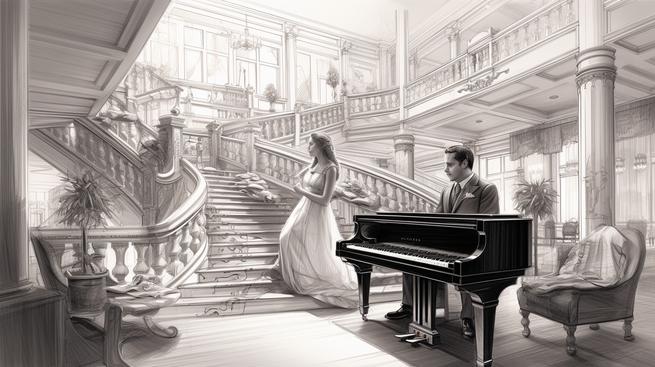
The Stanley Hotel, perched in the scenic Estes Park near Denver, Colorado, boasts a reputation that reaches beyond its architectural grandeur and into the realm of the supernatural. Known to many as the inspiration for Stephen King’s chilling novel “The Shining,” the hotel’s haunted history adds a layer of intrigue to its already fascinating past.
F.O. Stanley, the mastermind behind the majestic establishment, opened the hotel’s doors in 1909. Since then, the grandiose structure has played host to a myriad of guests, but some seem to have never checked out. The most famous spectral resident is F.O. Stanley himself, who reportedly lingers in the lobby and billiard room, his favorite spots when he was still among the living. Guests and staff alike claim to have seen him over the years, his apparition a stark reminder of his undying attachment to the hotel.
But F.O. Stanley is not the lone spirit wandering the corridors. His wife, Flora, is said to serenade the dead of night with the ethereal sounds of a piano drifting from the empty music room. Visitors have recounted hearing the keys play with no pianist in sight, the melody a whisper from the past.
The fourth floor, once the servants’ quarters, is a hotbed of paranormal activity. The sound of children giggling and running down the halls echoes when no child is present, playing tricks on the minds of those who listen. Room 217, the very room where Stephen King spent the night and conceived the idea for his bone-chilling novel, is a centerpiece of the Stanley’s haunted lore. King’s experience with the otherworldly during his stay has cemented the room’s status as the heart of the hotel’s ghostly tales.
The Stanley Hotel embraces its eerie reputation, offering nightly ghost tours that delve into the spine-tingling tales and encourage guests to keep their eyes peeled for the unexplained. Although skeptics may raise an eyebrow, the countless stories of encounters with the inexplicable serve as a testament to the hotel’s spectral inhabitants.
In the end, whether you’re a believer in phantoms or a seeker of history, the Stanley Hotel stands as a monument to both the living and the dead, its haunted history as much a part of its charm as the stunning Rocky Mountain backdrop it overlooks.
I stayed at the Stanley Hotel, and I swear I heard old-timey piano music late at night, even though nobody was there—folks say it’s Flora Stanley playing from beyond the grave. Another time, I caught a glimpse of a guy in the lobby who vanished before my eyes, and the staff told me it was probably Mr. Stanley himself, still hanging around his favorite haunt.
Byers-Evans House
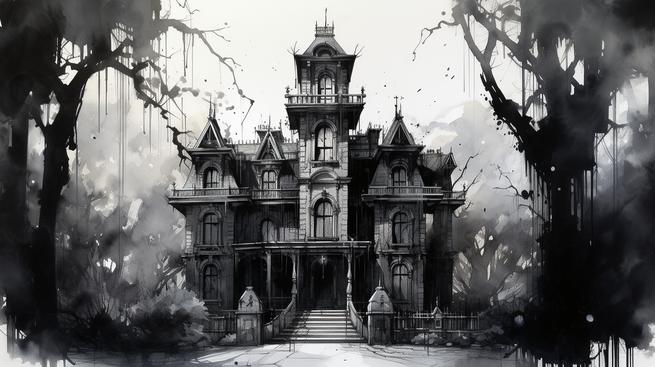
Nestled on the edge of Capitol Hill in Denver, the Byers-Evans House stands as a monument to Colorado’s rich past. Built in 1883, the house originally served as the residence for two influential Denver families: the Byers and the Evans. The founder of the Rocky Mountain News, William Byers, first laid the foundation for this historic abode, which later became home to the family of Governor John Evans.
As the years passed, the house bore witness to the ebb and flow of countless lives, eventually earning a reputation for being haunted. The walls of this Victorian masterpiece, now the Center for Colorado Women’s History, seem to whisper tales of the past, with some visitors claiming to feel the presence of those long gone. It’s as if the home itself serves as a keeper of secrets, holding onto the echoes of laughter and sorrow that once filled its rooms.
The house, restored to its early 20th-century grandeur, showcases antiques and artwork that hark back to the period between 1912 and 1924. Despite its historical and cultural significance, the home hides a more sinister side beneath its educational veneer. Guests who venture within may hear stories of ghostly apparitions and unexplained phenomena, leading many to believe the Byers-Evans House is more than just a museum.
While the house stands proudly, an emblem of Denver’s architectural and social history, it can’t shake off the rumors of its haunted heritage. The spirits of the past seem to linger in the very fabric of the building, and the house has become a magnet for those drawn to the paranormal.
The Colorado Historical Society became the custodian of this storied dwelling in 1981, ensuring that its tales, both otherworldly and historical, would continue to be told. The Byers-Evans House now serves as a bridge between the living and the spectral, a place where the veil between worlds appears thinner, and the past refuses to stay silent.
I was wandering through the Byers-Evans House, and I swear I felt a chill and saw a shadow move when no one else was around—it totally gave me the creeps. They say it’s haunted, and after that, I kinda believe it.





